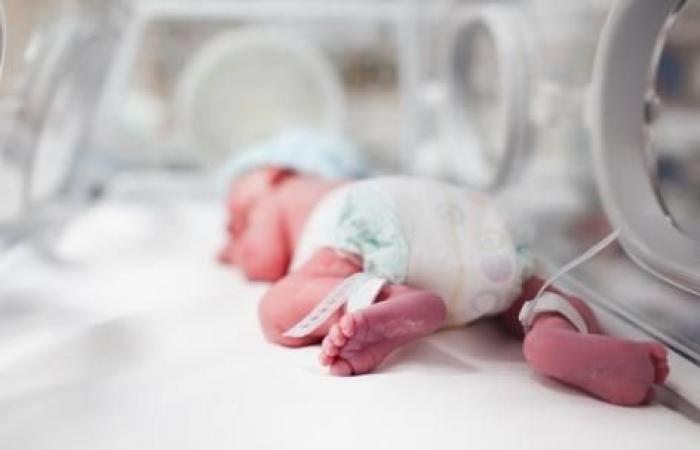THE ESSENTIAL
- Sepsis is the leading cause of death after the first week of life in premature infants, according to the MSD Manual.
- Scientists have discovered four genes that, when grouped together in a “signature,” can be a sign of sepsis in newborns.
- This signature is visible before the first symptoms of sepsis, which means that it could make it possible to detect this infection in advance.
Before three days of life, we speak of early sepsis in newborns, according to the MSD Manual. After three days, the term late sepsis is used. But whether it is one or the other, this blood infection, often of bacterial origin, can be very dangerous for infants.
In some newborns, sepsis can be fatal. Indeed, as the MSD Manual indicates, this infection is the leading cause of death after the first week of life in premature babies. Babies who have low birth weight are also at greater risk of death. For the moment, it is not possible to screen infants for sepsis in advance.
Neonatal sepsis: “early diagnosis, to help and guide doctors, could save lives”
But that could soon change. In a new study, published in the journal eBioMedicineresearchers have discovered four genes that, when grouped together distinctively in a “signature,” predict the future development of sepsis. Detection is made even before the first symptoms appear.
“Knowing that sepsis is imminent would give doctors more time to determine the most appropriate treatment to use.says Dr. Bob Hancock, co-senior author of the study, in a communiqué. The consequences of neonatal sepsis are so serious in the most vulnerable people that early diagnosis, to help and guide doctors, could save lives”.
In their study, the researchers studied blood samples taken from 720 infants on the day of their birth. Of these, 15 subsequently developed early sepsis. Using powerful technological tools, scientists then identified this genetic signature.
A predictive genetic signature nine times out of ten
The four genes identified “can predict sepsis in newborns nine times out of tensays Dr. Amy Lee, co-senior author of the study. We were able to study the genes expressed in babies with sepsis before they got sick. Most other studies have only published markers that were present when babies were already sick, and so this would not constitute a predictive signature”.
This discovery could therefore, ultimately, make it possible to detect sepsis in infants even before they develop the first symptoms. “We could then increase the monitoring of these infants [et leur délivrer] specific treatment”, says Dr Beate Kampmann, co-author of the study. From now on, theThe scientists wish to continue their research on other patients and age groups.






